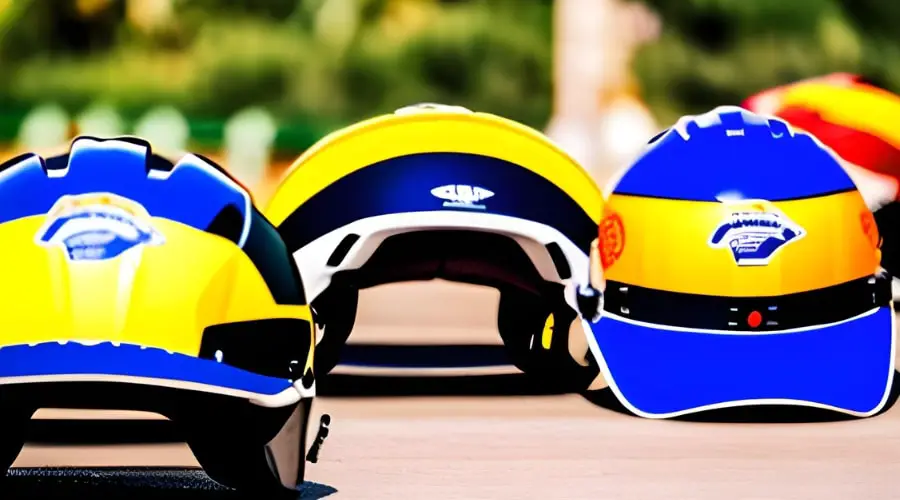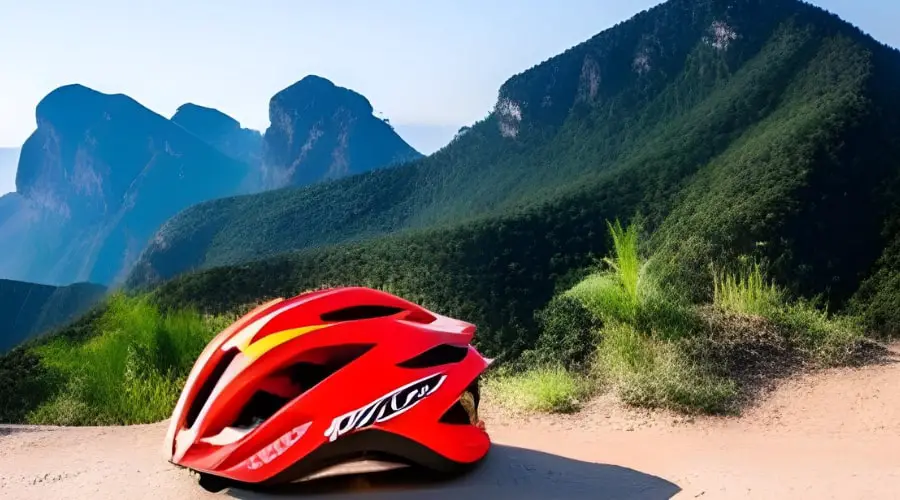When it comes to cycling, safety should be a top priority, and one of the essential pieces of equipment to ensure that is a high-quality helmet. In this article, we will discuss the factors to consider when choosing the safest bicycle helmet, some of the top-rated helmets in the market, and how to maintain your helmet to ensure it remains effective.

Factors to Consider
Safety Features
The primary function of a helmet is to protect your head during an impact. Look for helmets that have passed rigorous safety standards such as those set by the Consumer Product Safety Commission (CPSC) or the European Committee for Standardization (CEN).
MIPS Technology
One of the most critical safety features in modern helmets is the Multi-directional Impact Protection System (MIPS). This technology reduces rotational forces on the brain during an angled impact, providing an additional layer of protection.
Comfort and Fit
Proper Sizing
A helmet that fits correctly is essential for maximum safety. Measure the circumference of your head and choose a helmet that corresponds to your size. If possible, try on different helmets to find the best fit.
Adjustability
Many helmets come with adjustable features, such as a retention system, to help ensure a snug fit. These features allow you to fine-tune the helmet’s fit, making it safer and more comfortable.
Ventilation
A well-ventilated helmet will keep you cool and comfortable during long rides. Look for helmets with multiple vents to allow airflow, keeping your head cool and reducing sweat.
Material and Construction
EPS Foam
Expanded polystyrene (EPS) foam is commonly used in helmets because it provides excellent impact absorption. It compresses on impact, reducing the force transmitted to your head.
Polycarbonate Shell
A helmet’s outer shell is typically made of polycarbonate, a lightweight, durable material. The shell should be strong enough to resist penetration from sharp objects while also dispersing the force of an impact.
Top Bicycle Helmets
Giro Aether MIPS
The Giro Aether MIPS is a top-rated helmet that offers excellent safety features, including MIPS technology, a dual-density EPS foam liner,
and a durable polycarbonate shell. With 11 vents, it provides excellent ventilation and has an adjustable Roc Loc 5+ Air fit system for optimal comfort.
Smith Trace MIPS
The Smith Trace MIPS is another top-rated helmet, featuring MIPS technology, a lightweight Aerocore in-mold construction, and Koroyd impact-absorbing material. Its 18 vents ensure proper ventilation, and the VaporFit adjustable fit system guarantees a comfortable and secure fit.
Bontrager Specter WaveCel
The Bontrager Specter WaveCel is known for its innovative WaveCel technology, which provides advanced protection against rotational and linear impacts. The helmet also has a BOA fit system for easy adjustability and excellent comfort, along with 14 vents for proper airflow.
How to Choose the Right Helmet
Determine Your Cycling Style
Different types of cycling require different levels of protection. Road cyclists might prioritize lightweight and aerodynamic helmets, while mountain bikers may need helmets with additional coverage and protection.
Consider Your Budget
While safety is essential, helmets come in various price ranges. Determine your budget and select a helmet that offers the best safety features within your price range.

Tips for Helmet Safety
Regularly Inspect Your Helmet
Examine your helmet for any signs of damage, such as cracks or dents, which could compromise its effectiveness. If you spot any issues, replace the helmet immediately.
Replace Your Helmet After an Impact
Even if there is no visible damage, replace your helmet after a significant impact. The helmet’s internal structure may have been compromised, reducing its ability to protect you in future incidents.
Follow the Manufacturer’s Guidelines for Fit and Care
Always consult the manufacturer’s guidelines for proper helmet fit, maintenance, and care to ensure the helmet remains effective throughout its lifespan.
Related: What is the Lightest Bicycle Helmet?
FAQs:
How often should I replace my bicycle helmet?
It is generally recommended to replace your helmet every three to five years, or immediately after a significant impact.
Can I use a multi-sport helmet for cycling?
While some multi-sport helmets may meet cycling safety standards, it is always best to use a helmet specifically designed for cycling to ensure proper protection and comfort.
How can I clean my bicycle helmet?
Use mild soap and water to clean the exterior and interior of your helmet. Avoid using harsh chemicals or solvents that could damage the helmet’s materials.
Do all helmets have MIPS technology?
No, not all helmets have MIPS technology. However, many modern helmets offer this added layer of protection, and it is worth considering when choosing a helmet.
Is it safe to buy a used bicycle helmet?
It is generally not recommended to buy a used helmet, as its history and potential damage may not be apparent. Always buy a new helmet to ensure optimal safety and protection.
Conclusion
The safest bicycle helmet is one that meets safety standards, offers advanced protective features, and fits you properly. The Giro Aether MIPS, Smith Trace MIPS, and Bontrager Specter WaveCel are some of the top-rated helmets that provide excellent safety and comfort. When selecting a helmet, consider your cycling style, budget, and always prioritize safety features.
Helmetslab is a website that focuses on providing in-depth reviews and information about different types of helmets, including motorcycle helmets and others helmets. I am writing a post with proper research on the info that helps helmet users.

